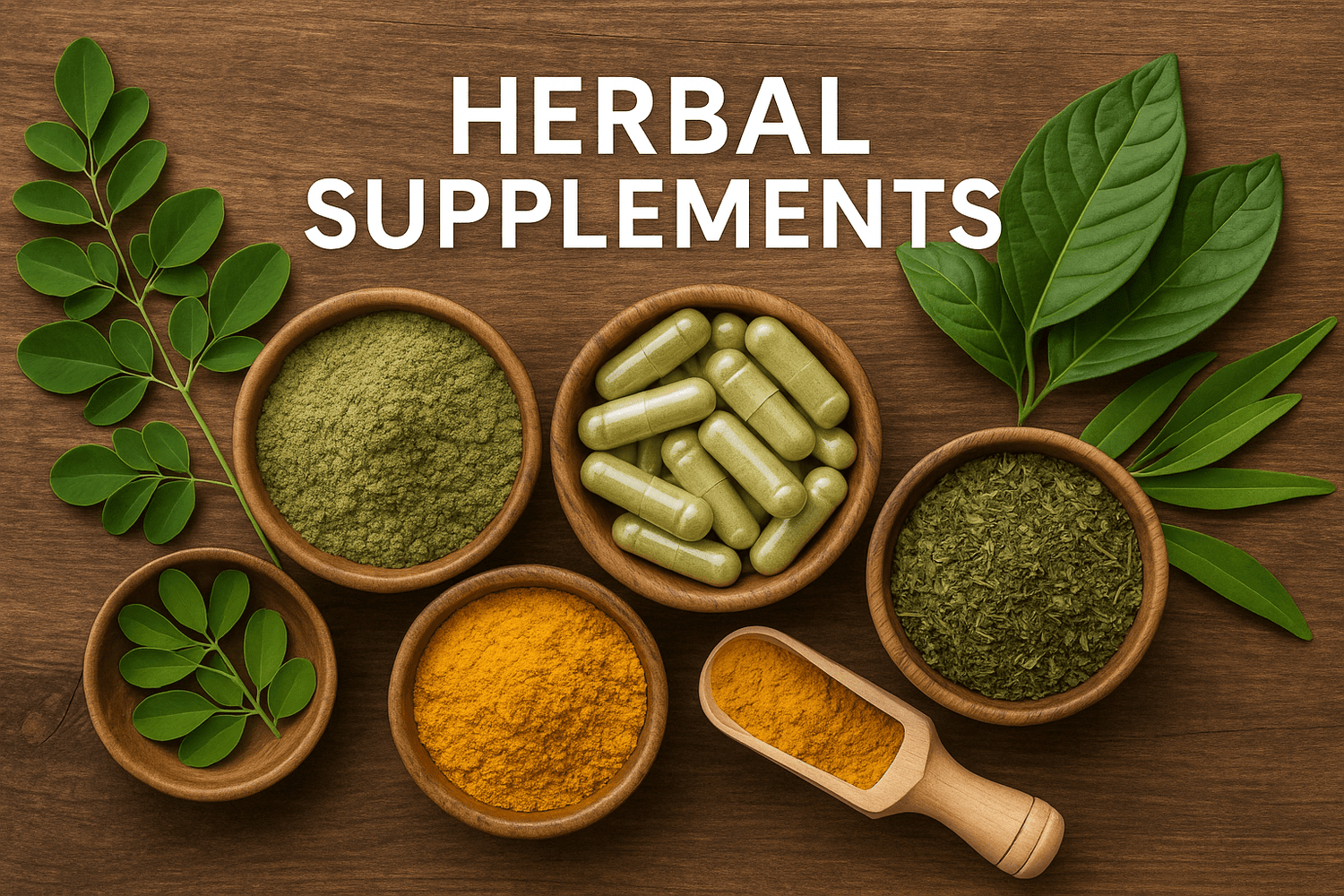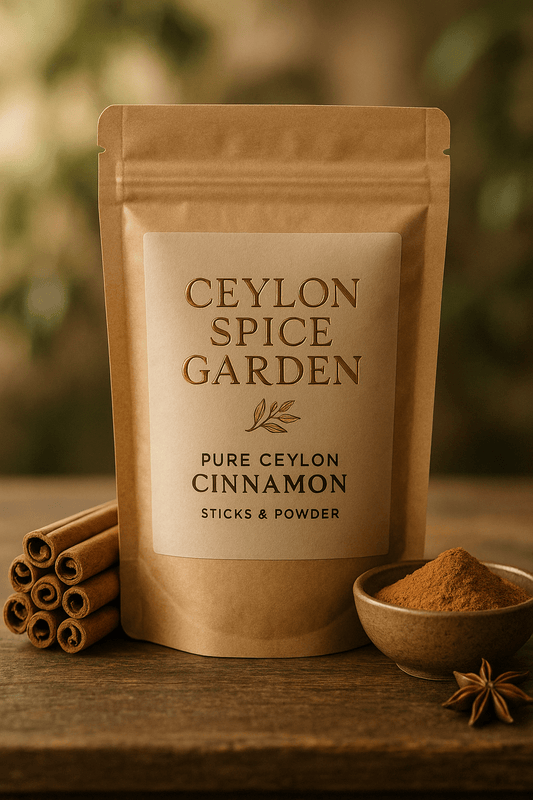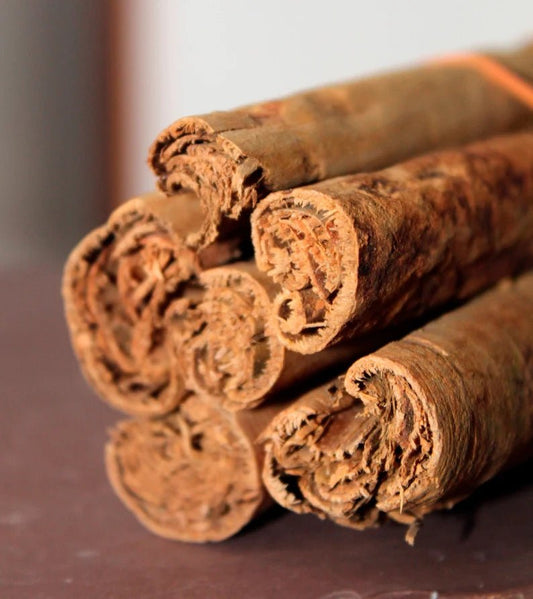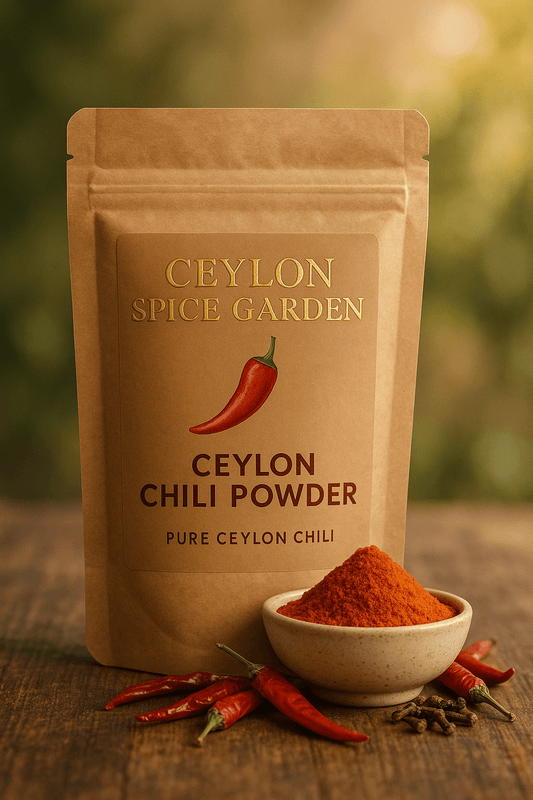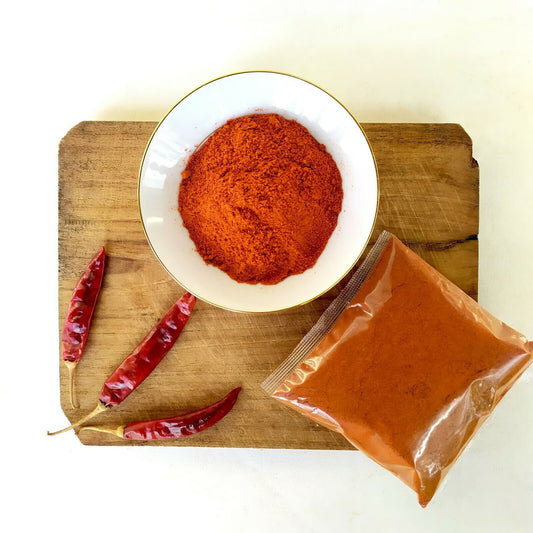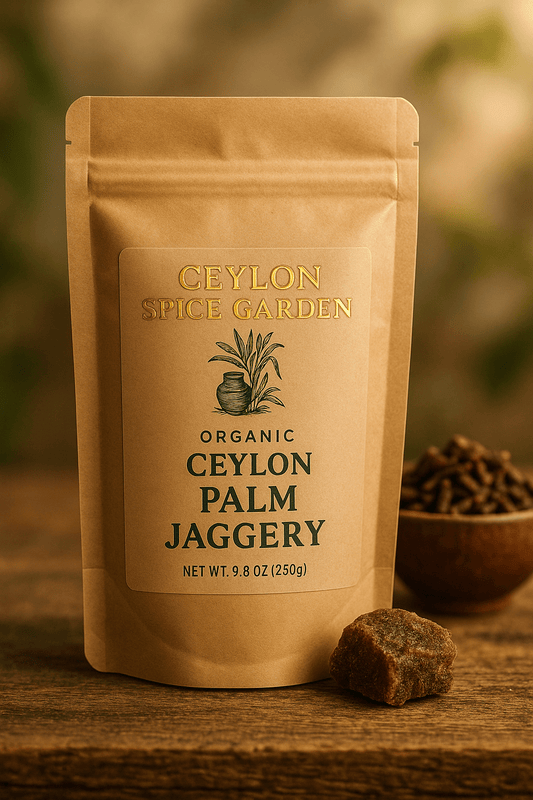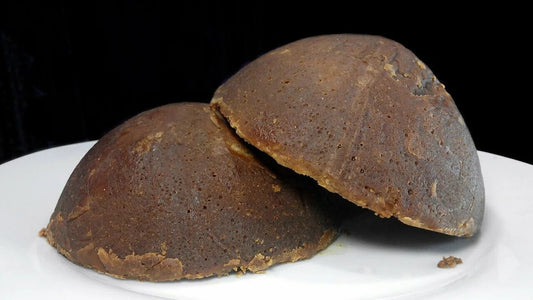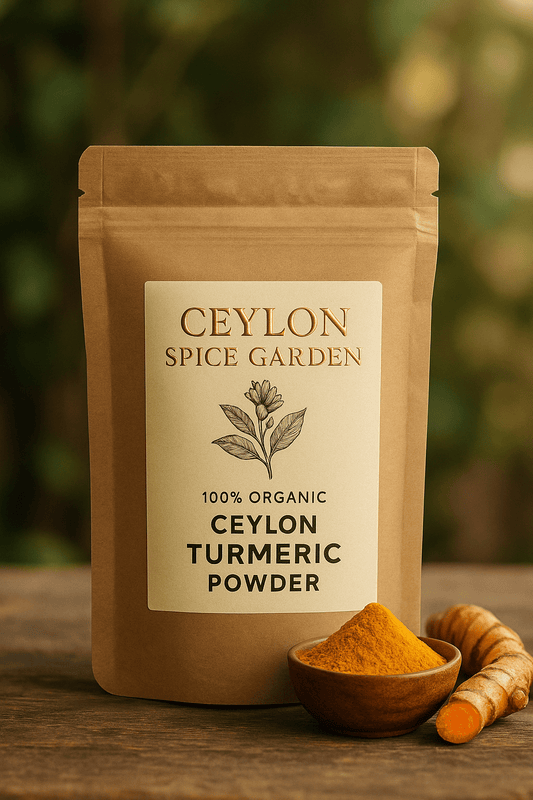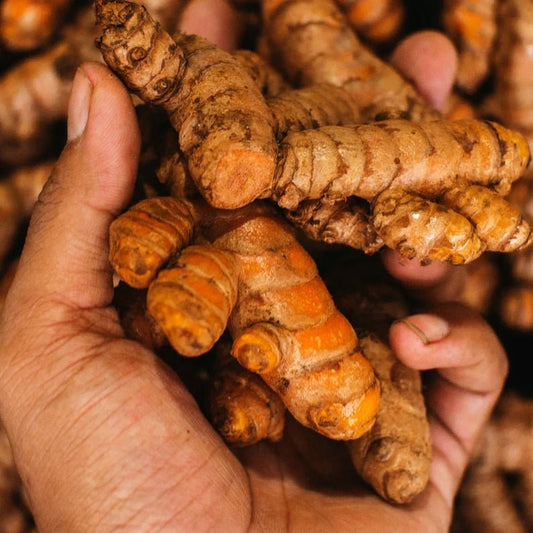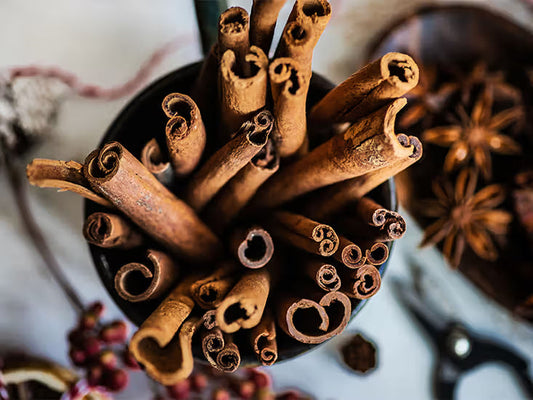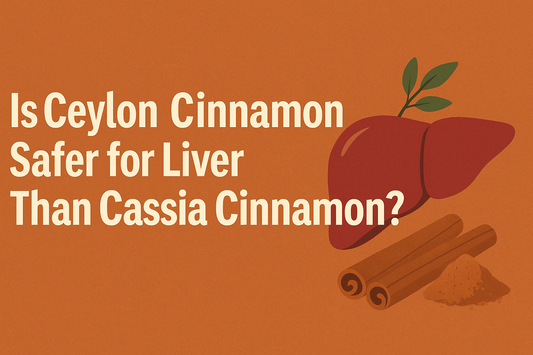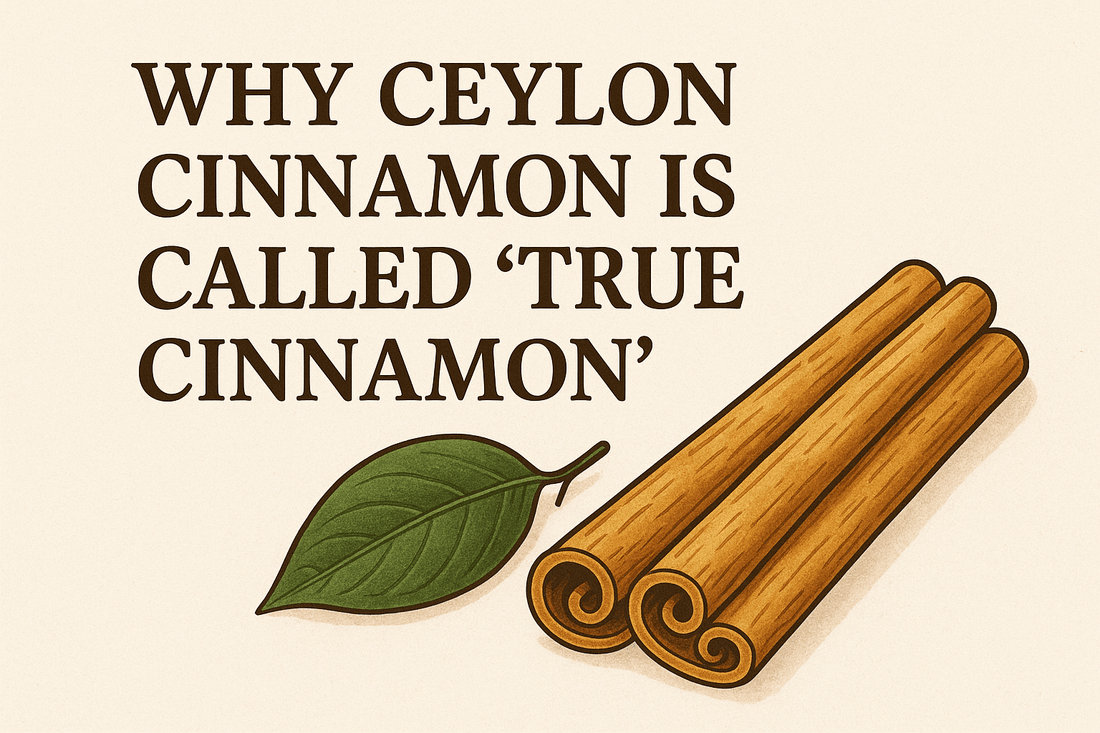
Why Ceylon Cinnamon is Called 'True Cinnamon' | Ceylon Spice Garden
Why Ceylon Cinnamon is Called 'True Cinnamon'
Table of Contents
The Historical Origins of 'True Cinnamon'
The term "true cinnamon" isn't just marketing hyperbole—it has deep historical roots that trace back over 4,000 years. Ceylon cinnamon, scientifically known as Cinnamomum zeylanicum (now classified as Cinnamomum verum), was the original cinnamon traded in ancient civilizations.
Ancient Trade Routes and Recognition
Ancient Egyptian, Greek, and Roman texts specifically referenced the sweet, delicate cinnamon from Ceylon (modern-day Sri Lanka). This was the cinnamon that commanded premium prices along the Silk Road and was considered precious enough to be offered to gods and royalty.
When European colonizers first encountered cinnamon in Sri Lanka during the 16th century, they found indigenous communities who had been cultivating and processing authentic Ceylon cinnamon for generations. The Portuguese, Dutch, and British all recognized this as the "original" cinnamon, distinct from the cassia varieties found in China and other regions.
The historical significance becomes clear when you consider that the Latin name "verum" literally means "true" or "genuine." Botanists chose this classification because Ceylon cinnamon was the first cinnamon species to be scientifically documented and the standard against which all other cinnamon varieties were measured.
Botanical Differences: Cinnamomum Zeylanicum vs Others
Understanding why true cinnamon earned its name requires examining the distinct botanical characteristics that set Cinnamomum zeylanicum apart from other cinnamon varieties, particularly Cassia (Cinnamomum cassia).
| Characteristic | True Cinnamon (Ceylon) | Cassia Cinnamon |
|---|---|---|
| Scientific Name | Cinnamomum zeylanicum/verum | Cinnamomum cassia |
| Bark Thickness | Thin, delicate layers | Thick, coarse bark |
| Roll Formation | Multiple thin layers forming telescopic quills | Single thick layer, difficult to roll |
| Color | Light tan/golden brown | Dark reddish-brown |
| Texture | Smooth, easily breakable | Rough, woody texture |
| Coumarin Content | 0.004% (negligible) | 0.3-0.8% (potentially harmful) |
| Flavor Profile | Sweet, delicate, complex | Strong, spicy, one-dimensional |
The Unique Growing Environment
Authentic Ceylon cinnamon can only be grown in the specific climatic conditions of Sri Lanka's southwestern coastal regions. The combination of consistent rainfall, tropical temperatures, and unique soil composition creates the perfect environment for Cinnamomum zeylanicum to develop its characteristic properties.
Important Note: While other countries have attempted to cultivate Ceylon cinnamon varieties, the terroir of Sri Lanka produces cinnamon with distinctly superior essential oil content and flavor compounds. This is why genuine Ceylon cinnamon commands premium prices in global markets.
Scientific Evidence Supporting the 'True' Label
Modern scientific research has validated what ancient civilizations instinctively knew: true cinnamon possesses unique chemical compounds that distinguish it from other varieties and provide superior health benefits.
Chemical Composition Analysis
Recent studies have identified that Cinnamomum zeylanicum contains a unique profile of essential oils and bioactive compounds:
- Cinnamaldehyde: 50-63% (providing the characteristic sweet aroma)
- Eugenol: 13-20% (contributing to anti-inflammatory properties)
- Linalool: 2-5% (offering calming and antimicrobial benefits)
- β-Caryophyllene: 1-3% (providing anti-inflammatory effects)
Research Findings
A 2019 study published in the Journal of Traditional and Complementary Medicine found that Ceylon cinnamon's low coumarin content makes it safe for daily consumption, unlike Cassia varieties which can cause liver damage when consumed regularly. This research reinforces why Ceylon cinnamon has historically been considered the "true" and safest form of cinnamon.
Antioxidant Capacity
Laboratory analyses consistently show that authentic Ceylon cinnamon has higher ORAC (Oxygen Radical Absorbance Capacity) values compared to Cassia cinnamon, meaning it provides superior protection against cellular damage from free radicals.
How to Identify Authentic Ceylon Cinnamon
With the growing popularity of true cinnamon, the market has unfortunately become flooded with mislabeled products. Here's how to ensure you're getting authentic Ceylon cinnamon:
Visual Identification
- Quill Structure: Look for multiple thin layers rolled into delicate, telescopic quills
- Color: Genuine Ceylon cinnamon has a light tan to golden-brown color
- Fragility: True cinnamon breaks easily when bent
- Powder Texture: Ceylon cinnamon powder is fine and smooth, not coarse or gritty
Taste and Aroma Tests
True cinnamon has a distinctly sweet, delicate flavor with subtle floral notes. Unlike Cassia, it won't burn or overwhelm your palate. The aroma should be warm and inviting, not sharp or medicinal.
Buyer Beware: Many products labeled as "Ceylon cinnamon" are actually Cassia blends. Always purchase from reputable sources that provide certificates of origin and lab testing results. At Ceylon Spice Garden, we guarantee 100% pure Ceylon cinnamon directly sourced from Sri Lankan farms.
Why True Cinnamon Matters for Your Health
The designation of Ceylon cinnamon as "true cinnamon" isn't just about authenticity—it's about safety and efficacy. Here's why choosing genuine Ceylon cinnamon matters for your health:
Safety Considerations
The most critical difference lies in coumarin content. While Cassia cinnamon contains potentially harmful levels of coumarin (a compound that can damage the liver), true cinnamon contains only trace amounts, making it safe for daily consumption.
Superior Health Benefits
- Blood Sugar Regulation: Studies show Ceylon cinnamon more effectively helps regulate blood glucose levels
- Anti-inflammatory Effects: The unique eugenol content provides stronger anti-inflammatory benefits
- Cardiovascular Support: Research indicates better heart health benefits compared to other cinnamon varieties
- Antioxidant Protection: Higher levels of protective compounds that fight cellular damage
Daily Dosage Recommendations
Because of its safety profile, you can consume 1-6 grams of Ceylon cinnamon daily without health concerns. This makes it practical for incorporating into your daily routine through cooking, beverages, or supplements.
The Verdict on True Cinnamon
Ceylon cinnamon earned the title "true cinnamon" through a combination of historical precedence, unique botanical characteristics, and superior health benefits. When you choose authentic Ceylon cinnamon from Ceylon Spice Garden, you're not just buying a spice—you're investing in a 4,000-year tradition of quality and purity that continues to be validated by modern science.
